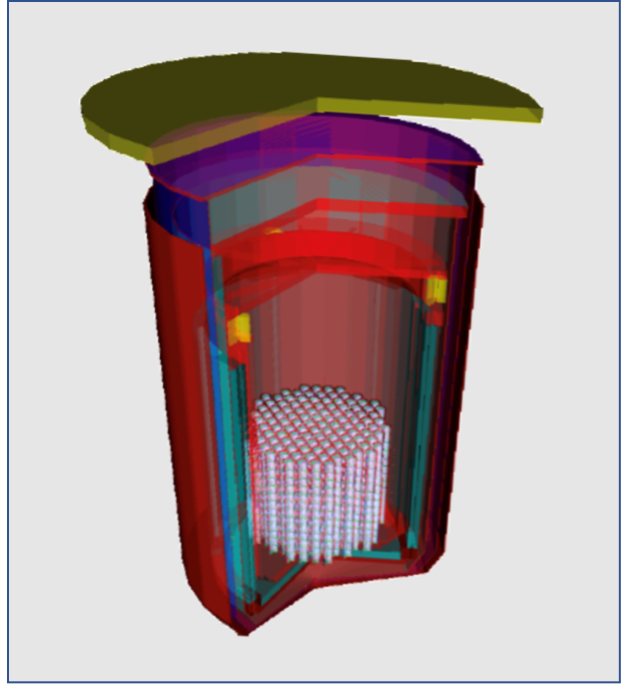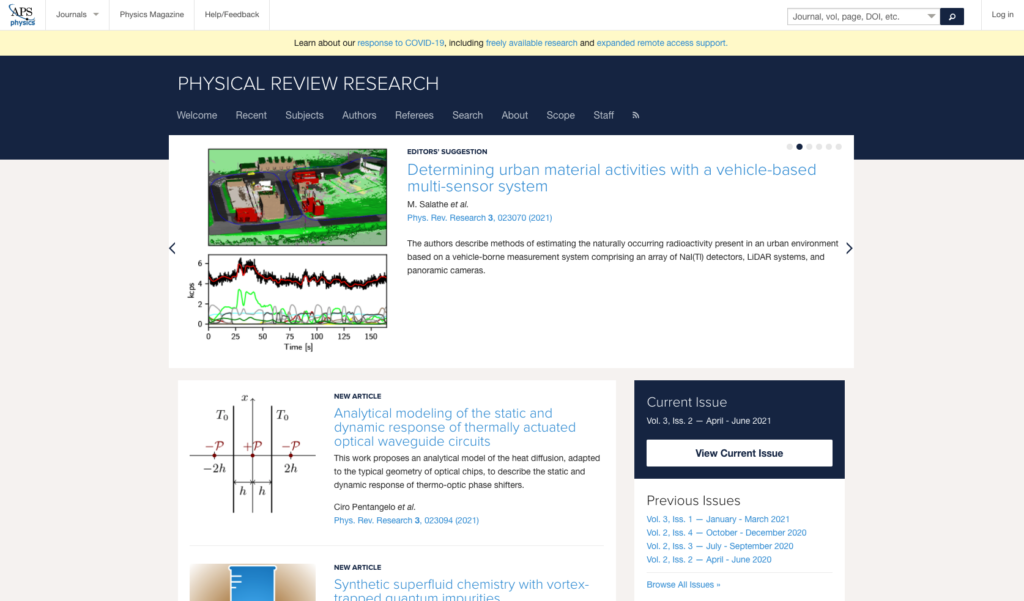CUPID is an experiment to search for neutrinoless double beta decay (NLDBD). The DOE Nuclear Physics program granted Critical Decision Zero (CD-0, “mission need”) to the experiment in 2018. CUPID, and two other US efforts to search for NLDBD (nEXO & LEGEND), recently participated in a DOE Portfolio Review and an interagency North American and European NLDBD Summit. The respective review panels noted the strengths of all three experiments. The DOE has given subsequently an unofficial endorsement for CUPID to proceed to the next level of review – Critical Decision One (CD-1: “approve alternative selection and cost range”).
NLDBD is a hypothetical nuclear decay where two electrons are emitted without any anti-neutrinos. Since the decay creates particles (the electrons) without any corresponding antiparticles, the observation of NLDBD would establish that the neutrino is a Majorana fermion (whereby the neutrino and antineutrino are identical particles). The new physics mechanism behind NLDBD violates the conservation of lepton number and so could also explain the matter-antimatter asymmetry we observe in the universe. The Nuclear Science Advisory Committee placed a ton-scale experiment to search for NLDBD as the second recommendation in the 2015 Long Range Plan and set a goal of reaching the so-called Inverted Mass Hierarchy (IMH) regime. We expect NLDBD to be an extraordinarily rare process with a half-life of 1027 years or longer in the IMH regime. This long half-life requires that NLDBD searches employ massive low background detectors with roughly a ton of double beta decay isotopes and have excellent energy resolution. CUPID (Cuore Upgrade with Particle IDentification) will be a nearly ton-scale cryogenic detector consisting of 1600 Li2100MoO4 crystal calorimeters that will search for 100Mo NLDBD. The calorimeters will measure the energy of decays inside the crystals by employing a sensitive thermometer that records the slight temperature rise with excellent resolution. In addition to recording a heat signal (like CUORE), CUPID will register light with light-sensing calorimeters above and below each Li2100MoO4 crystal. This light signal gives CUPID particle identification capabilities, demonstrated by the prototype experiment CUPID-Mo [3]. CUPID is an upgrade of the successful CUORE (Cryogenic Underground Observatory for Rare Events) [1,2] currently operating at the Gran Sasso Laboratory in Italy. The cryostat and refrigerator will be taken from CUORE and will be reused for CUPID which helps to make it a cost-effective experiment.
CUPID is a collaboration between institutions in the US, Italy, France, Ukraine, Russia, Spain, and China. Berkeley Lab is the lead DOE laboratory on CUPID. NSD senior faculty scientist Yury Kolomensky is the US Project Director and Chief Scientist. NSD staff Brian Fujikawa is the US Project Manager, and NSD postdoc Chiara Capelli is the Level 3 Manager for computing.
[1] arXiv:2104.06906 (replace with a Nature article and press release if it gets published in time).
[2] D. Q. Adams et al., Prog. Part. Nucl. Phys. 122, 103902 (2021).
[3] E. Armengaud et al., Phys. Rev. Lett. 126, 181802 (2021).



